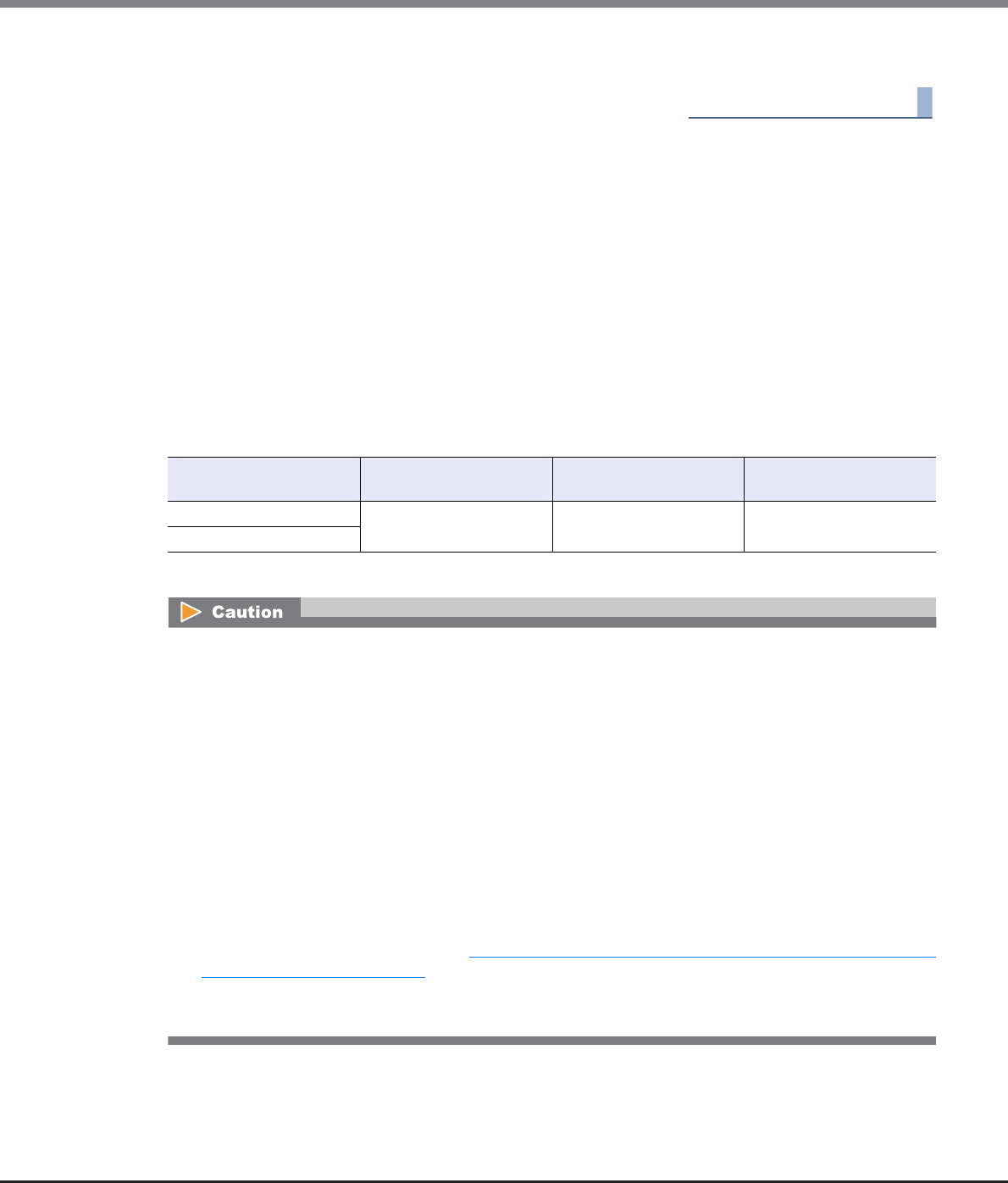
Chapter 9 Connectivity Management
9.2 Functions in the Action Area for Connectivity
ETERNUS Web GUI User’s Guide
Copyright 2013 FUJITSU LIMITED P2X0-1090-10ENZ0
480
5 Click the [Done] button to return to the [Host Group] screen.
End of procedure
9.2.2.8 Modify Host Group (SAS)
This function performs the following modifications to the existing SAS host group.
• Changing the "Host Group Name" settings
• Changing the "Host Response" settings
• Changing the "Host" settings (including addition and deletion of member hosts in a host group)
Hosts can be added to host groups which the host affinity setting has been already configured, or deleted
from host groups.
If a host is added, the host affinity setting is automatically configured to the host, as a host group member.
If a host is deleted, the host affinity setting is cleared from the corresponding host.
The number of hosts that can be registered
*1: The total number of hosts irrespective of the interface types.
Model Number of hosts (HBAs)
(*1) per storage system
Number of hosts (HBAs)
per CA port
Number of hosts (HBAs)
per host group
ETERNUS DX80 S2 1024 256 8
ETERNUS DX90 S2
• Registration of the host is necessary to create a host group. It is not possible to delete all hosts from a
host group.
• A host that has been registered with GUI by using this function belongs to one of the host groups.
• A host can be a member of several host groups. However, only one LUN group can be allocated to host
and port combinations when configuring host affinity.
• To assign an appropriate host response to a created host group, refer to "User's Guide -Server Connection-
" for each OS type. The host response configures the operation mode that is appropriate for the host. If an
appropriate host response is not configured to the host group, the path may not be switched correctly or
the volume may not be recognized correctly.
• The host response that is specified for a host group is applied all the member hosts in the target group.
When a host belongs to multiple host groups, the same host response must be applied for all the groups
to which the target host belongs. When a host that already belongs to an existing host group is added to
another host group, the host response of the target host is changed to the host response of the host
group to which the target host is added. The host response of the existing host group to which the target
host belongs is also changed. Refer to "Example of changing the host response when adding a host to an
existing host group" (page 447) for details.
• When changing the host response for the host group, the host responses of the other host groups to
which the target host belongs are also changed.


















